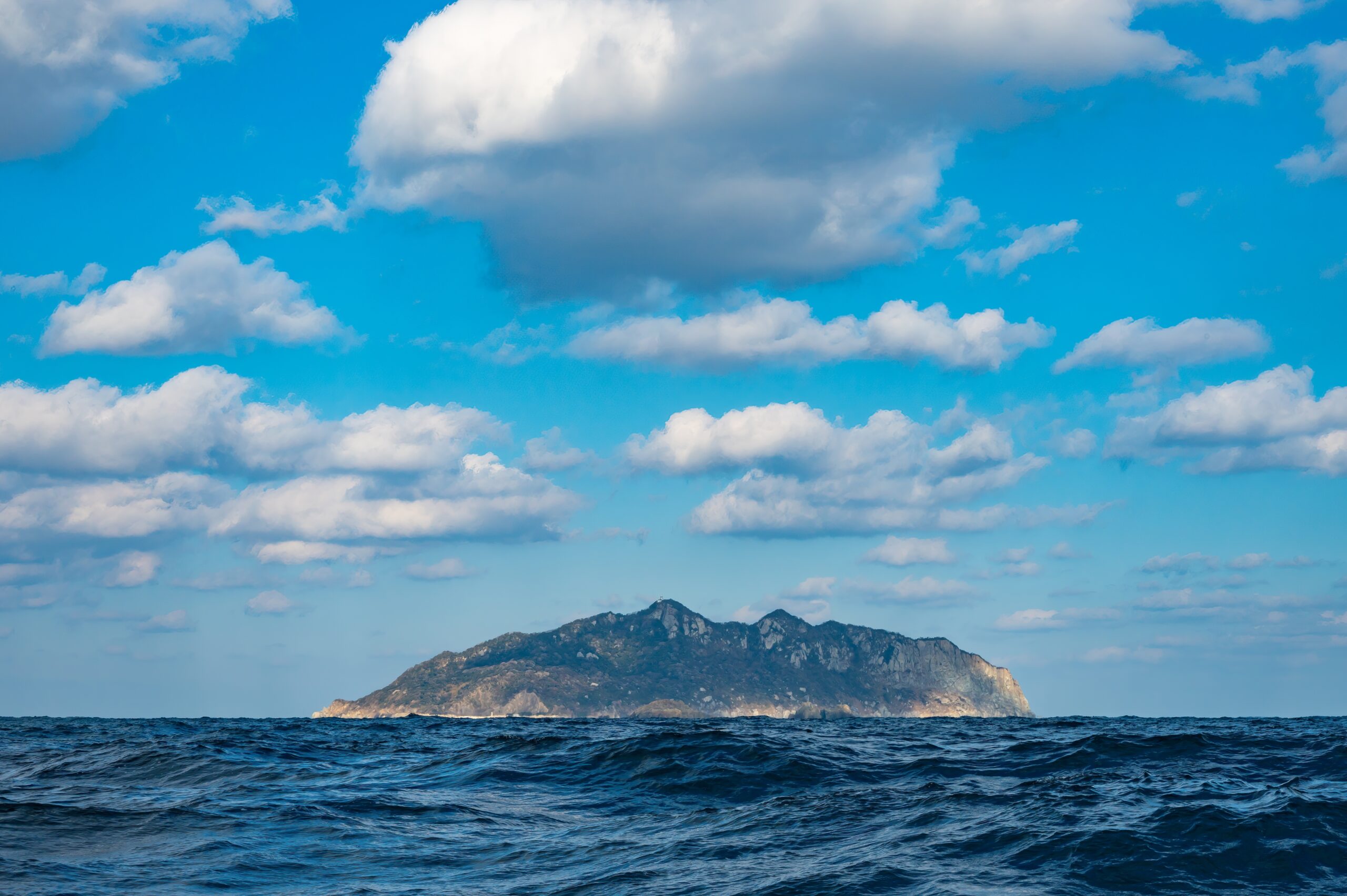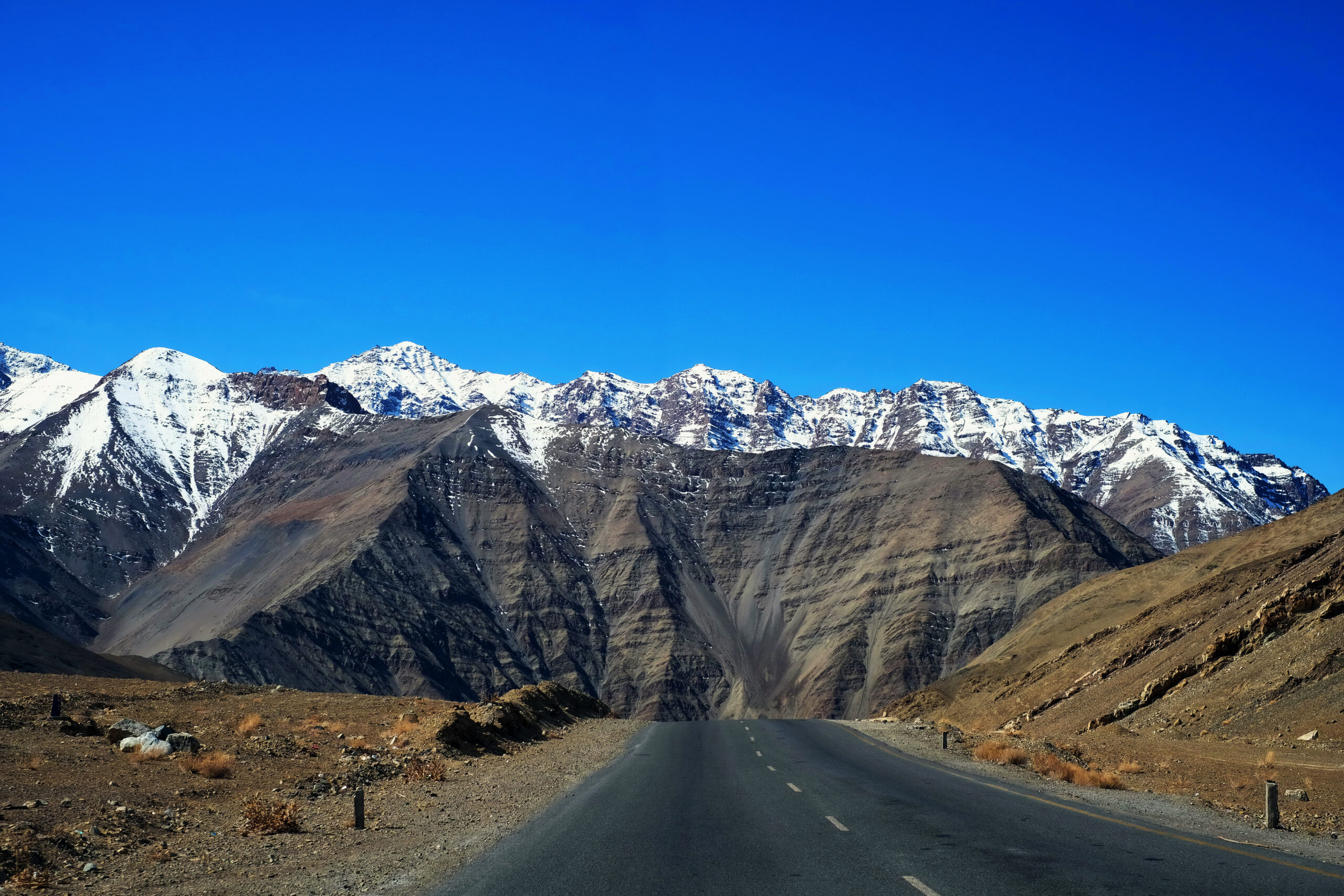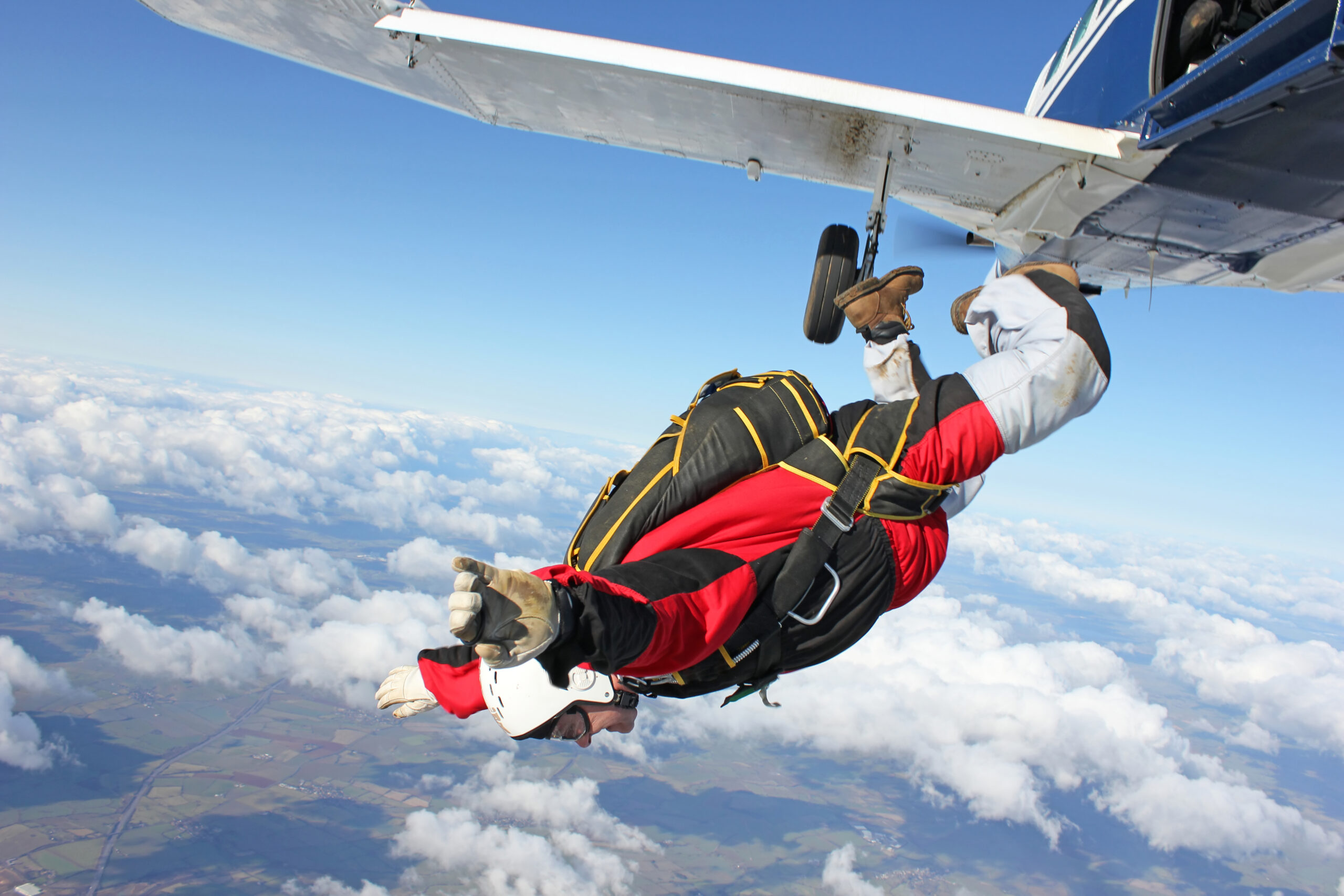Stories of plane crash survivors from extreme heights.
Freefalling from thousands of metres in the air should, by all logic, be fatal. But throughout history, there have been extraordinary cases of people who plummeted from the sky—out of planes, helicopters, and balloons—and somehow survived the impossible. Some were protected by a miracle. Others were saved by pure physics. And all left behind stories that defy belief. This article dives into the science behind falling, real-life survival cases, and what these extraordinary survivors teach us about the limits of the human body—and the power of luck, instinct, and resilience.
Outline
- Introduction
- How Deadly Is a Freefall?
- Vesna Vulović – The Highest Fall Without a Parachute
- Nicholas Alkemade – The Tail Gunner Who Fell 5,500m
- Juliane Koepcke – The Girl Who Survived the Jungle
- Alan Magee – Through a Glass Roof and Lived
- Other Reported Cases and Close Calls
- The Science of Survival: Terminal Velocity and Impact
- What Helps—and What Doesn’t—When Falling
- Final Thoughts
Introduction
Falling from a great height is one of humanity’s deepest, most primal fears. It triggers a physical panic before you even hit the ground. But for a select few, that fear became a nightmare turned miracle—and instead of dying, they walked away with a story that sounds more fiction than fact.
These aren’t superhero tales. These are real people. And real physics. And in some cases, very real luck.
How Deadly Is a Freefall?
Let’s get this out of the way: falling from height is almost always fatal.
Why?
- After about 450 metres (1,500 ft), the human body reaches terminal velocity (the speed at which you stop accelerating):
- Around 190 km/h (120 mph) in a stable position
- Up to 320 km/h (200 mph) in a vertical dive
- At these speeds, impact with a solid surface is almost always lethal
Survival chances increase slightly if:
- The landing surface is soft, sloped, or covered in vegetation
- The fall is broken by tree branches, snow, roofs, or other barriers
- The body position is flexible or distributes impact better
Now let’s meet the rare people who beat those odds.
Vesna Vulović – The Highest Fall Without a Parachute
Fall: 10,160 metres (33,330 ft)
Year: 1972
Status: Survived with severe injuries
Vesna Vulović, a Serbian flight attendant, holds the Guinness World Record for the highest fall survived without a parachute.
She was on board JAT Flight 367, which exploded mid-air due to a suspected terrorist bomb. Vesna was ejected from the aircraft and landed—still strapped into her seat—on a snowy slope near a village in Czechoslovakia.
How she survived:
- The wreckage slid down a snowy, tree-covered hill, absorbing some impact
- Her low blood pressure may have helped her pass out quickly and avoid cardiac arrest
- She sustained a fractured skull, broken legs, and temporary paralysis—but recovered fully and returned to public life
Her survival is still considered miraculous, though some have questioned the exact height. Regardless, she survived a fall most would not.
Nicholas Alkemade – The Tail Gunner Who Fell 5,500m
Fall: 5,500 metres (18,000 ft)
Year: 1944
Status: Walked away with a sprained ankle
During WWII, British RAF tail gunner Nicholas Alkemade was flying over Germany when his Lancaster bomber was hit.
- His parachute was on fire
- Rather than burn alive, he jumped
What saved him?
- He crashed through pine trees and deep snow, which cushioned his fall
- He was captured by German soldiers, who were so shocked by his story that they issued him a certificate of survival
This case is one of the most documented examples of pure physics and freak chance working together.

Juliane Koepcke – The Girl Who Survived the Jungle
Fall: Approx. 3,200 metres (10,500 ft)
Year: 1971
Status: Survived with a broken collarbone
Juliane Koepcke was just 17 when her plane, LANSA Flight 508, was struck by lightning over the Peruvian rainforest.
- She fell strapped into her seat as the plane broke apart
- Her fall was likely slowed by dense jungle canopy and updrafts from the storm
Even more impressive: she survived 10 days alone in the rainforest, navigating with knowledge from her zoologist parents until she was rescued.
Alan Magee – Through a Glass Roof and Lived
Fall: Approx. 6,700 metres (22,000 ft)
Year: 1943
Status: Survived with multiple injuries
Another WWII tale, Alan Magee was a U.S. airman whose B-17 bomber was shot down over France.
With no parachute, he fell through the glass roof of a train station in Saint-Nazaire.
Factors that helped:
- The glass roof may have slowed his fall slightly
- He may have lost consciousness, relaxing his body and reducing internal damage
- He was rescued by the Germans, who treated his injuries
He suffered broken limbs and internal trauma—but lived to old age.
Other Reported Cases and Close Calls
- Christine McKenzie (South Africa, 2004): Survived a 3,000-metre parachute failure. Landed in thick bramble.
- Bear Grylls’ friend Al Hodgson (documented in The Wild Within): Survived a 100-metre BASE jumping accident.
- Wenjun Yang, a Chinese skydiver, survived a 4,000-metre fall when both parachutes failed—hit a soft ploughed field.
In all cases, luck, terrain, and physiology played a role.
The Science of Survival: Terminal Velocity and Impact
Once terminal velocity is reached, survival depends entirely on what you hit and how.
Best chances come from:
- Sloped surfaces: Increase deceleration time
- Trees: Break the fall in stages
- Snow or loose soil: Absorb impact
- Body posture: Some experts believe that landing “flat” can distribute impact, but it varies greatly
It’s not magic—it’s physics, working in your favour just enough.
What Helps—and What Doesn’t—When Falling
Things that might help:
- Staying relaxed: Like in car crashes, rigidity increases injury
- Spinning or tumbling: May reduce head-first impact
- Protecting your head and torso: Shield vital organs
- Hitting something flexible or breakable first: Trees, roofs, snow
Things that definitely don’t help:
- Concrete
- Water from great height (it behaves like concrete at terminal velocity)
- Panicking mid-air (hard to avoid!)
These aren’t foolproof—most falls are still fatal. But micro-variables can mean the difference between death and defying the odds.
Final Thoughts
The stories of people who survived freefalls are more than curiosities—they’re testaments to the strange, unpredictable beauty of survival.
They remind us that while gravity is consistent, life isn’t. Sometimes, the laws of physics bend just enough to let someone walk away from the unthinkable.
And those who do survive—through snow, glass, jungle, or sheer resilience—carry with them more than scar tissue. They carry proof that the impossible isn’t always.
Because even when you’re falling, sometimes fate has a safety net.








